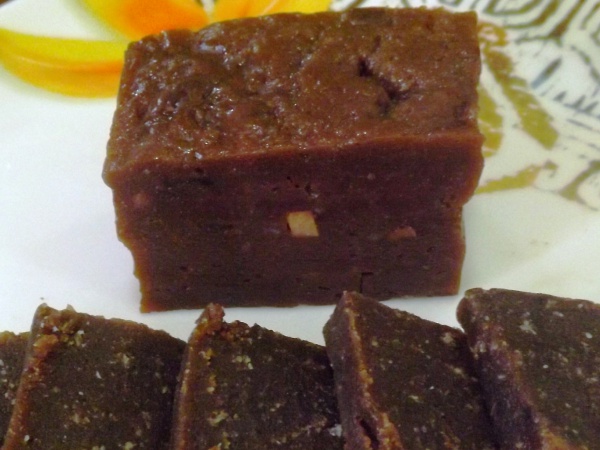Facts About Kalu dodol
Kalu dodol is a cherished Sri Lankan confection, renowned for its rich, dark, and sticky texture. This treat, made primarily from kithul jaggery, rice flour, and coconut milk, is both time-consuming and difficult to prepare. The Hambanthota region of Sri Lanka is particularly famous for its production of kalu dodol.
The origins of kalu dodol are somewhat enigmatic. Some suggest that Malay migrants introduced it to the island, while others believe it may have been brought over by the Portuguese during their colonial period. Over the years, traditional recipes have evolved, occasionally incorporating artificial ingredients.
Kalu dodol is particularly popular during the Sinhala New Year celebrations, but crafting it is no simple feat. Due to the recipe’s complexity and time requirements—up to nine hours—many people prefer to purchase it from stores rather than make it at home. Recognized as the "kalu dodol capital" Hambanthota has an industry that provides a significant source of income for the locals.
The main ingredients for kalu dodol are kithul jaggery, rice flour, and coconut milk, though you can also add cashews, cardamom, and raisins for extra flavor. The finished product boasts a dark brown color and a thick, sticky, jelly-like consistency with a slightly granulated texture.
To make kalu dodol, you start by boiling a mixture of kithul jaggery and coconut milk. Rice flour and other ingredients are then added, and the mixture must be continuously stirred to prevent it from burning. Once ready, the mixture is poured into a tray, allowed to cool, and then cut into pieces before serving. Despite the labor-intensive process, the delicious results make it all worthwhile!

 India
India